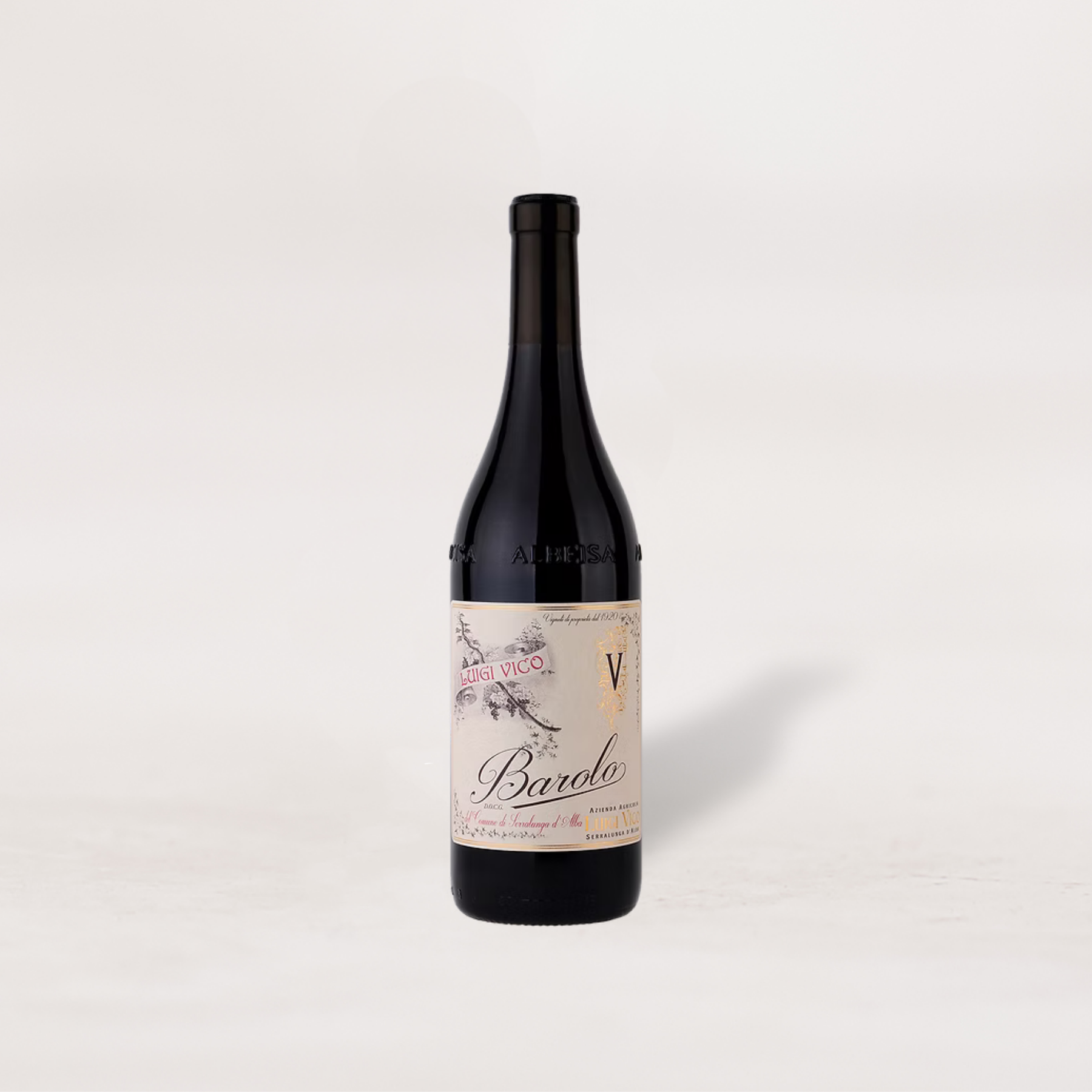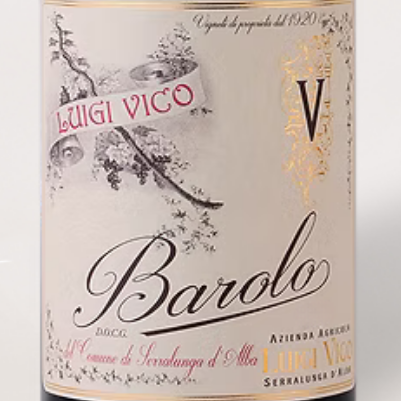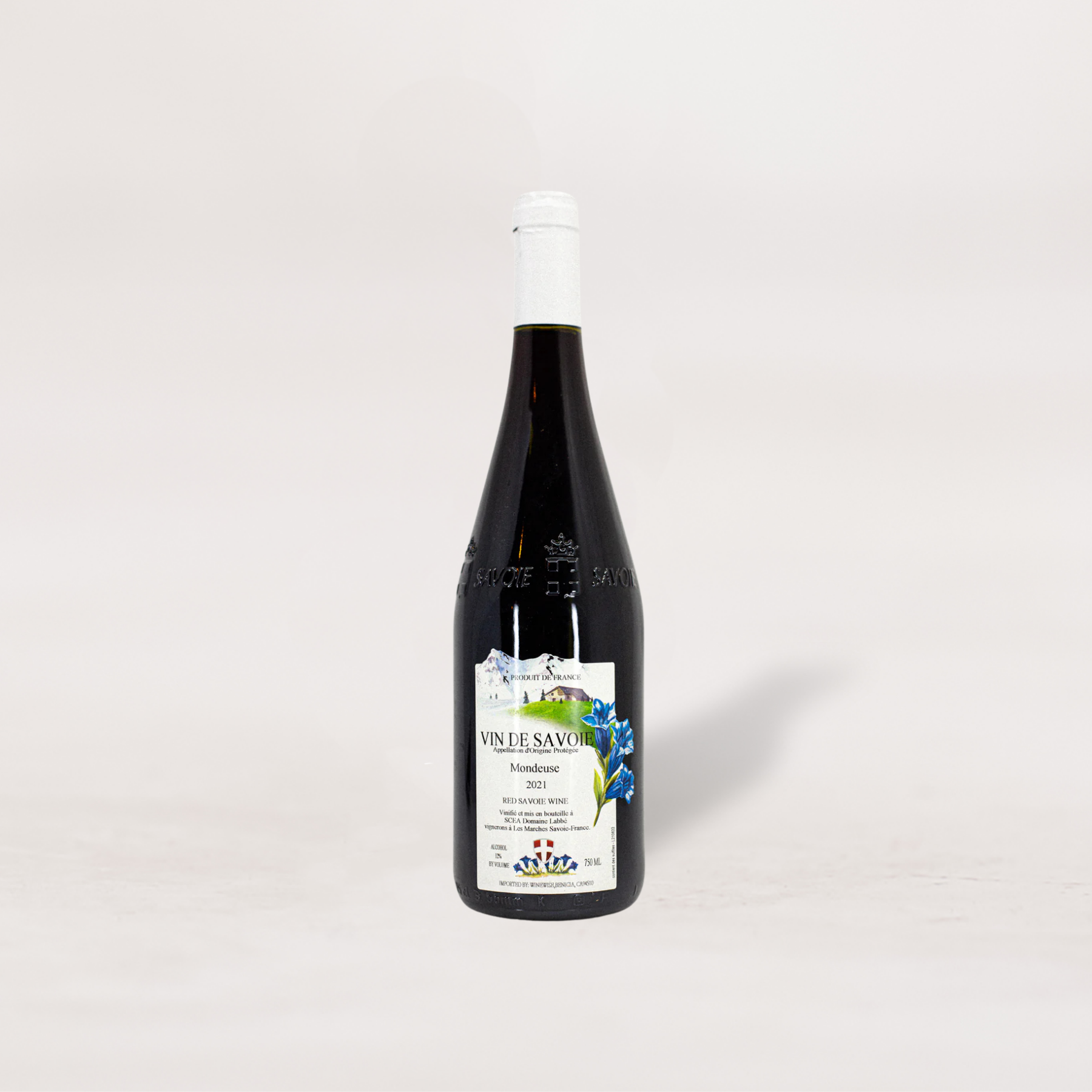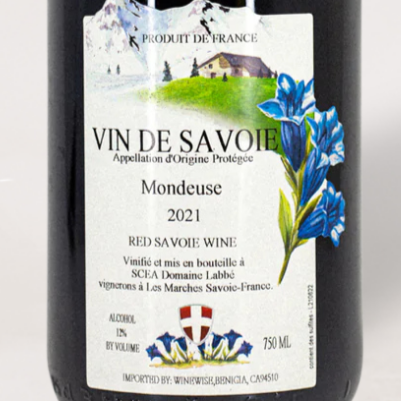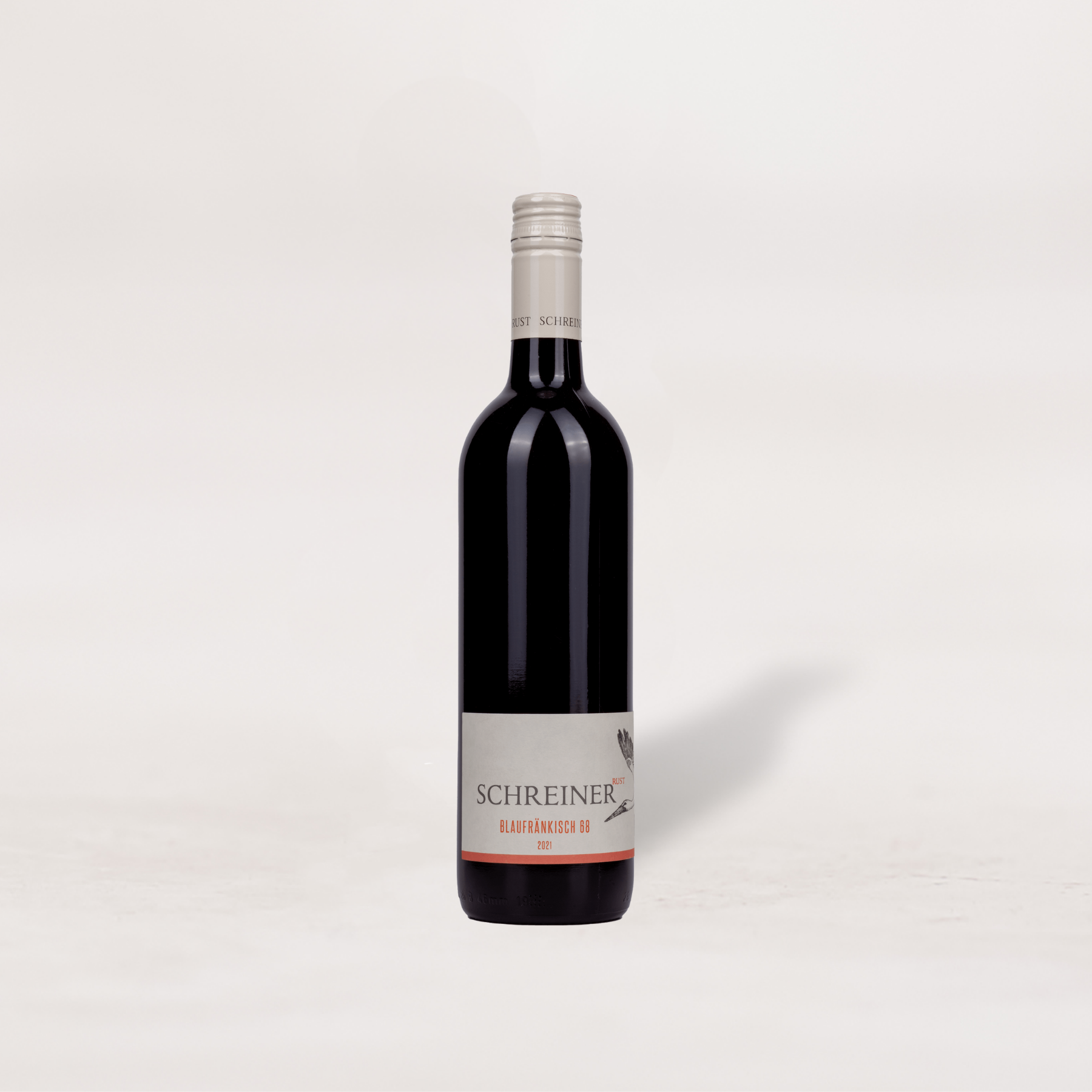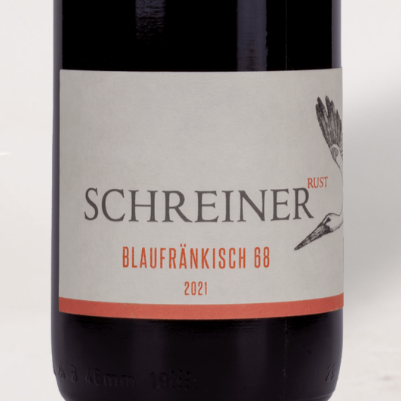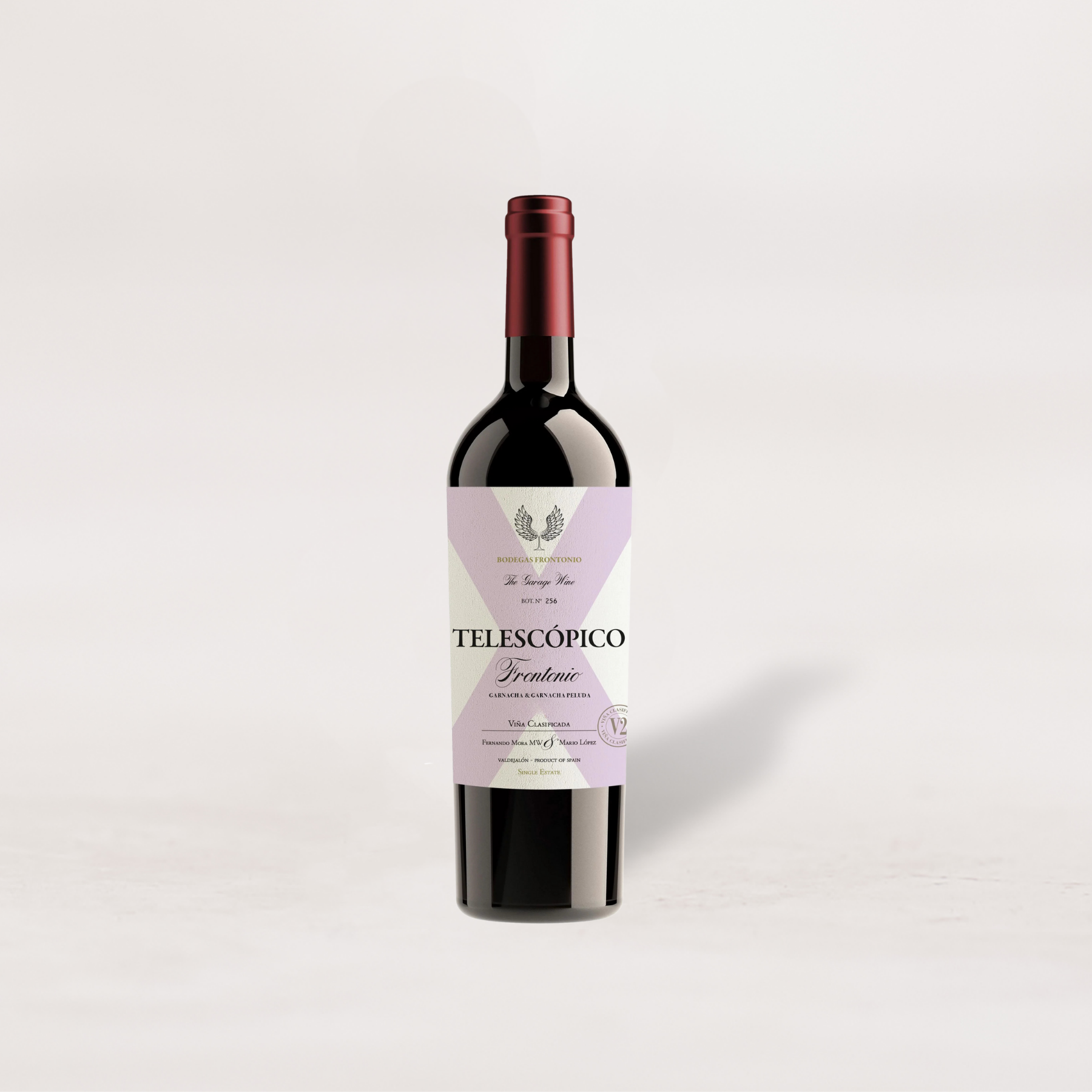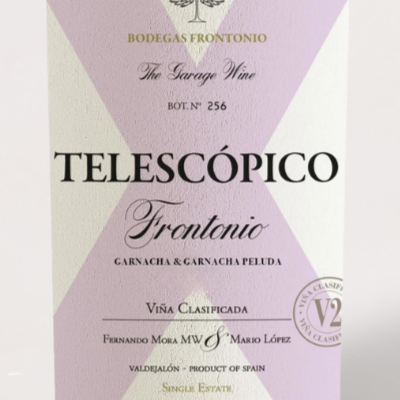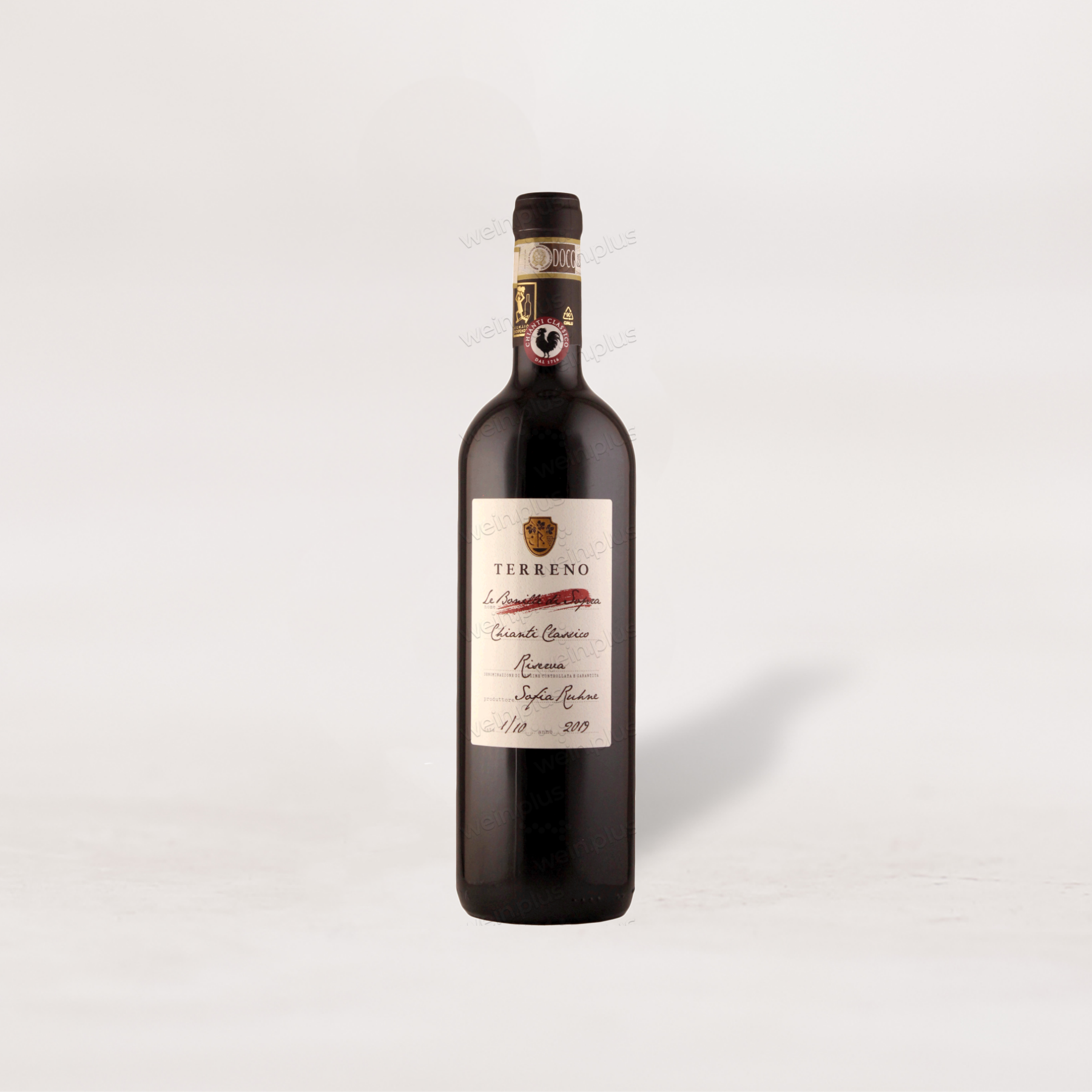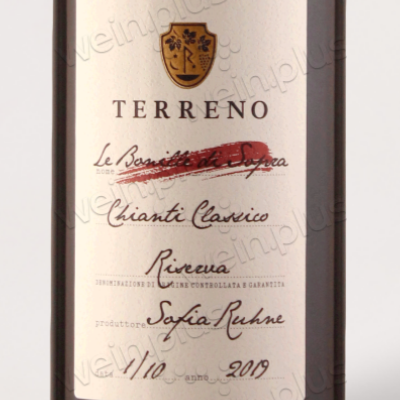The Ruhne family arrived in Chianti Classico in 1988 with a simple philosophy: let the vineyard speak. In a region where many producers chase international tastes with small barrels and extraction, their Terreno went the opposite direction—large casks, gentle handling, absolute respect for terroir.
Their Le Bonille di Sopra vineyard embodies everything special about their approach. These south and southwest-facing terraces had to be built by hand—the slopes are that steep. But the effort pays off in perfect exposure and drainage. The soils tell an ancient story: alberese (the compact limestone-clay that defines great Tuscan terroir) mixed with galestro (the friable sandstone-limestone that provides elegance). It's the same geological cocktail that makes Brunello di Montalcino legendary, just 50 kilometers north.
The winemaking reads like a manifesto against modernity. Each parcel and clone ferments separately in open 10-hectoliter vessels—small enough to control, large enough to respect the fruit. Natural yeasts only. Manual punch-downs. Then the wine rests for two years in those massive 24-hectoliter casks that preserve fruit while adding structure.
The blend tells its own story: 85% Sangiovese provides the backbone, 10% Cabernet Sauvignon adds structure and longevity (those Tuscans have been doing this since the 1800s), and 5% Colorino—the ancient local variety—brings that distinctive Chianti perfume of violets and herbs.
WHY YOU'LL LOVE IT
The Brunello Connection: Same limestone soils, same altitude, same meticulous winemaking—at a third of the price. This drinks like baby Brunello because geologically and oenologically, it is.
93+ Points of Proof: Monica Larner doesn't throw around scores like this for everyday Chianti. She recognizes what this family does: this is serious, world-class wine hiding behind a humble appellation.
660 Cases Only: From a single vineyard on hand-built terraces. This isn't mass-production Chianti flooding the market. It's artisanal winemaking by a thoughtful family.
The Organic Advantage: Certified since 2014, but really they've always farmed this way. You can taste the vitality in the wine—that energy that only comes from healthy vines in living soil.
HOW TO SERVE IT
Decant for 45 minutes—this is structured Sangiovese that needs air to show its full spectrum or aromas. Serve at 62-65°F in Burgundy or Brunello stems.
Drink now through 2034. While it's approachable today with its ripe cherry and forest berry fruit, that “high elegant tannin” structure means it will develop beautifully over the next decade.
Perfect with the classics: bistecca alla fiorentina, wild boar ragu, or aged pecorino. But also brilliant with rich legume soups—those Tuscan beans and lentils love Sangiovese's acidity.
